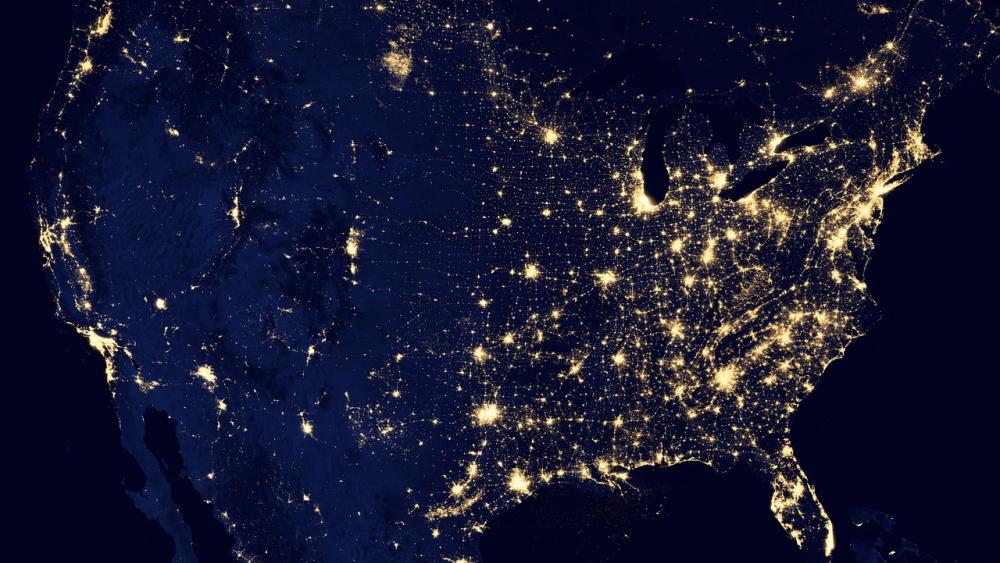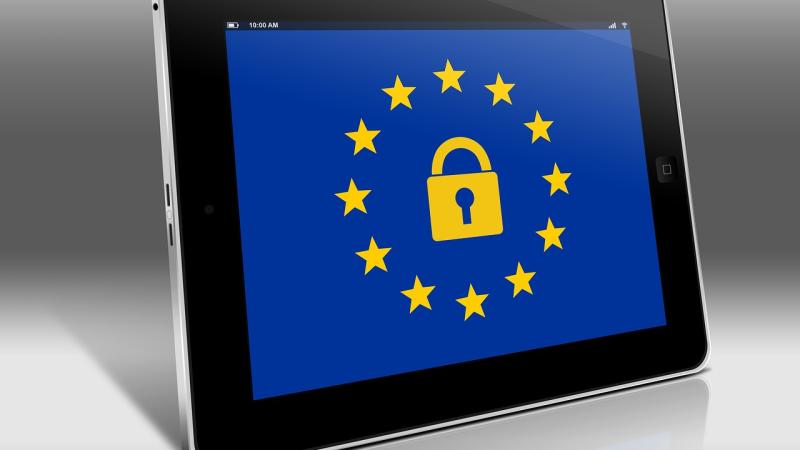
Remote sensing is a useful method for analyzing light pollution. | Photo: pixabay
The "Night Watch" consortium has compiled studies that use satellite images and star observations to analyse how artificial light is changing our night sky and nocturnal environments.
The results show that almost half of the Earth's surface is affected by artificial light pollution, with natural darkness being outshone by artificial light sources by up to several thousand times. And light pollution continues to increase: global light emissions are rising by at least 2 per cent a year, and possibly as much as 10 per cent.
The authors also point out the current technological gaps in night-time Earth observation. The most commonly used Day-Night Band (DNB) sensor on the VIIRS satellite cannot detect blue light, which is crucial for assessing light pollution in the transition to LED technology. This means that satellite data tends to underestimate the true extent of the increase in light pollution. A night-time Earth observation mission, similar to the Landsat or Sentinel programmes, would also be useful in other contexts, such as detecting crises, wars and natural disasters.








